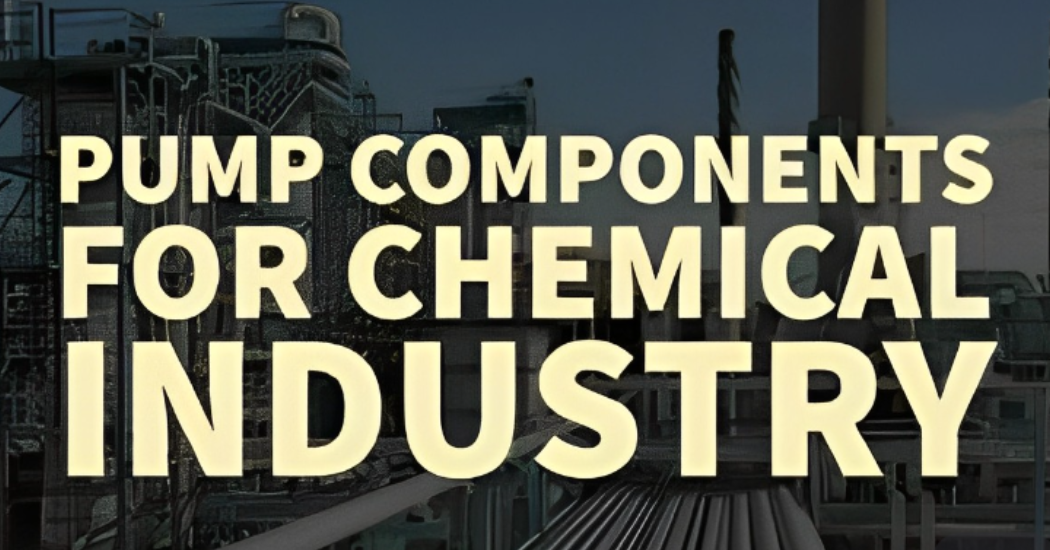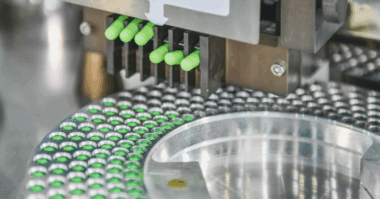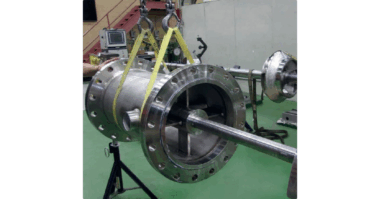Let’s cover some of the operations which occur during chemical processing:
The process of Stripping helps separate components by using steam in stripping towers to pull away contaminants from a process fluid. The steam is not directly returned afterward, as it then contains too many undesirable substances.
Quenching is the direct injection of steam to regulate temperature during exothermic reactions. The steam, which has a large latent heat capacity, can then be removed during later steps in the process.
Another common separation process is Fractionation, which involves injecting steam into the bottom of a fractionation tower filled with components of differing boiling points. The steam lifts the more volatile of the products upward, where they then condense on trays that are kept at the condensation temperature of the desired products.
In Process Heating, steam can be used to heat applications up to 700 ˚F; although 250-500 ˚F is a more realistic range for its generation and distribution at high pressures. However, because direct-fired furnaces can usually achieve higher temperatures than steam, they are often used in chemical applications.
Chemical processing valves and pump components — such as those needed for end-use steam applications — must be able to withstand the corrosive effects of these systems. Reciprocating pump valves, in particular, must prove their ability to pump piping-hot steam and volatile fluids from the early stages of a process all the way to the final operations that help create a polished, consumer-ready product.
For more information about pump and valve components capable of withstanding the harsh nature of chemical applications, read the full blog.




